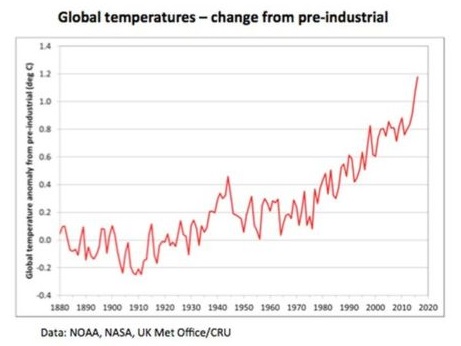Low Carbon Heat Roadmap 2020 – Transition to low carbon heating

Minister for Climate Change, Lord Duncan of Springbank, announced on 15 October 2019 that the government will publish a Low Carbon Heat Roadmap in 2020 to plot the path to Net Zero by 2050 for domestic heating.
The first step toward the Low Carbon Heat Roadmap is in setting out the Future Homes Standard for new-build dwellings. This is critical to decarbonisation of heat by electrification using heat pumps. The consultation acknowledges the significant reduction in the carbon factor for grid electricity, which removes a large barrier to the uptake of heat pumps.
The Future Homes Standard consultation sets out the plans for achieving the Future Homes Standard, including proposed options to increase the energy efficiency requirements for new homes in 2020 as a first step towards the full Future Homes Standard which is due to be introduced by 2025.
Responses to the Future Homes Standard Consultation were expected by 10 January 2020.
What is low carbon heating?
Low carbon heating means providing heat without using combustion, because combustion releases carbon dioxide.
There are currently four options for providing heat without combustion:
- Solar thermal heating
- air source heat pumps
- ground source heat pumps
- water source heat pumps
Solar thermal
Solar thermal panels capture heat from the sun and can can generally meet all hot water needs in summer, and make a large contribution in spring and autumn. Solar thermal panels can also make a contribution in the shorter days in winter, but will not provide sufficient heat to meet space heating needs.
Air Source Heat Pumps
Air source heat pumps can be used to transfer and concentrate heat from external air. They can meet all hot water needs and space heating needs both in summer and in winter. They use a small amount of electricity to transfer a large amount of heat into a building. Heat pumps do not use combustion and so do not release any gases on site. They do use some electricity which may be generated from carbon-free sources like solar or wind, or may be generated from power stations which burn fossil fuels. However, the carbon released by the National Grid is decreasing rapidly as the Grid transitions toward low-carbon generation from wind and solar.
Ground Source Heat Pumps
Ground source heat pumps are used to transfer and concentrate heat from the ground. They have all the advantages of air source heat pumps, and are also more efficient at providing heat in winter as they draw heat from the ground which is warmer than the air on cold winter nights.
Ground source heat pumps also avoid the need for an external fan unit to heat exchange with the air and benefit from a longer life than air source heat pumps. The downside is that they cost more to install.
Water Source Heat Pumps
Water source heat pumps are used to transfer and concentrate heat from rivers, aquifers or the sea. They have all the advantages of ground source heat pumps, and can be more efficient at providing heat in winter as they draw heat from the bodies of water which are warmer than the air on cold winter nights.
Water source heat pumps are often cheaper to install than ground source heat pumps for large scale installations: it may be possible to drill just two wells down to an aquifer (one for abstraction and one for rejection), rather than having to drill multiple boreholes for a large ground array.
See Ground Source Heating See Ground Source Cooling See Ground Source Energy

